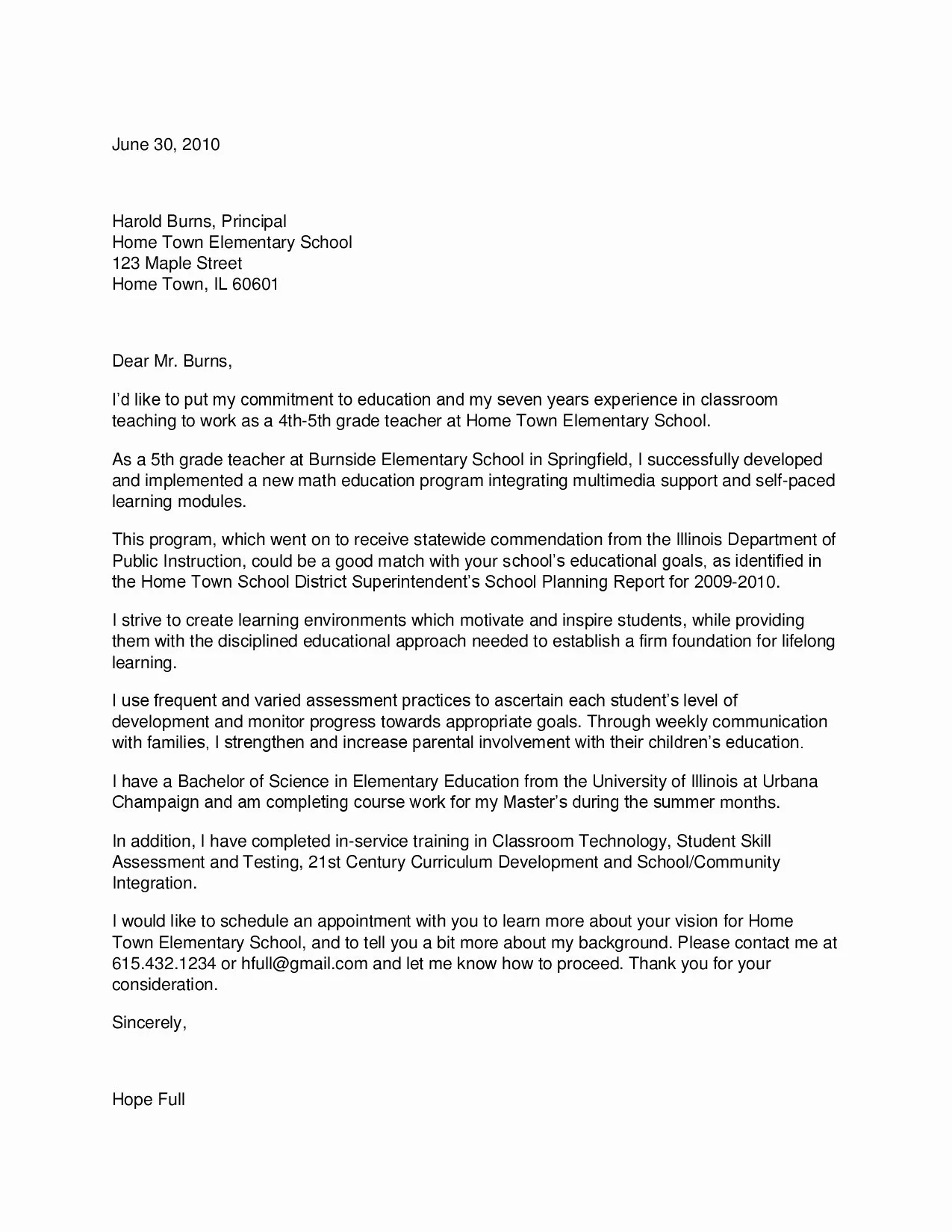Understanding the Government Job Cover Letter
A government job cover letter is more than just a formality; it’s a critical document that introduces you to a potential employer and highlights your qualifications. Unlike private sector cover letters, those for government jobs require a specific approach. They are designed to provide hiring managers with a comprehensive overview of your skills, experience, and suitability for the role. A well-crafted cover letter can be the deciding factor in whether your application gets noticed, leading to an interview and ultimately, a job offer. The primary goal is to showcase how your background aligns with the specific requirements of the position and the agency’s mission. It’s your chance to make a positive first impression and demonstrate your understanding of what the agency seeks in a candidate. It’s a crucial tool for expressing your interest and demonstrating why you are the best candidate.
Key Differences from Private Sector Cover Letters
Government cover letters differ substantially from their private sector counterparts. Government agencies typically prioritize different qualities and aspects of an applicant’s background. Private sector cover letters frequently focus on innovation, profit generation, and competitive advantage. Government cover letters, however, emphasize your ability to follow rules, adhere to regulations, and work within a structured environment. Government roles often involve more detailed descriptions of skills, experiences, and accomplishments, sometimes mimicking the structured format of the job announcement. Length and style can vary, with government cover letters often being more detailed and formal, often mirroring the structured format of the job announcement. Use of specific terminology and keywords related to government processes and policies is key. It’s crucial to tailor your cover letter accordingly, aligning it with the specific requirements and expectations outlined in the job posting. Understanding the key differences is the first step to writing an effective letter.
Highlighting Relevant Skills and Experience
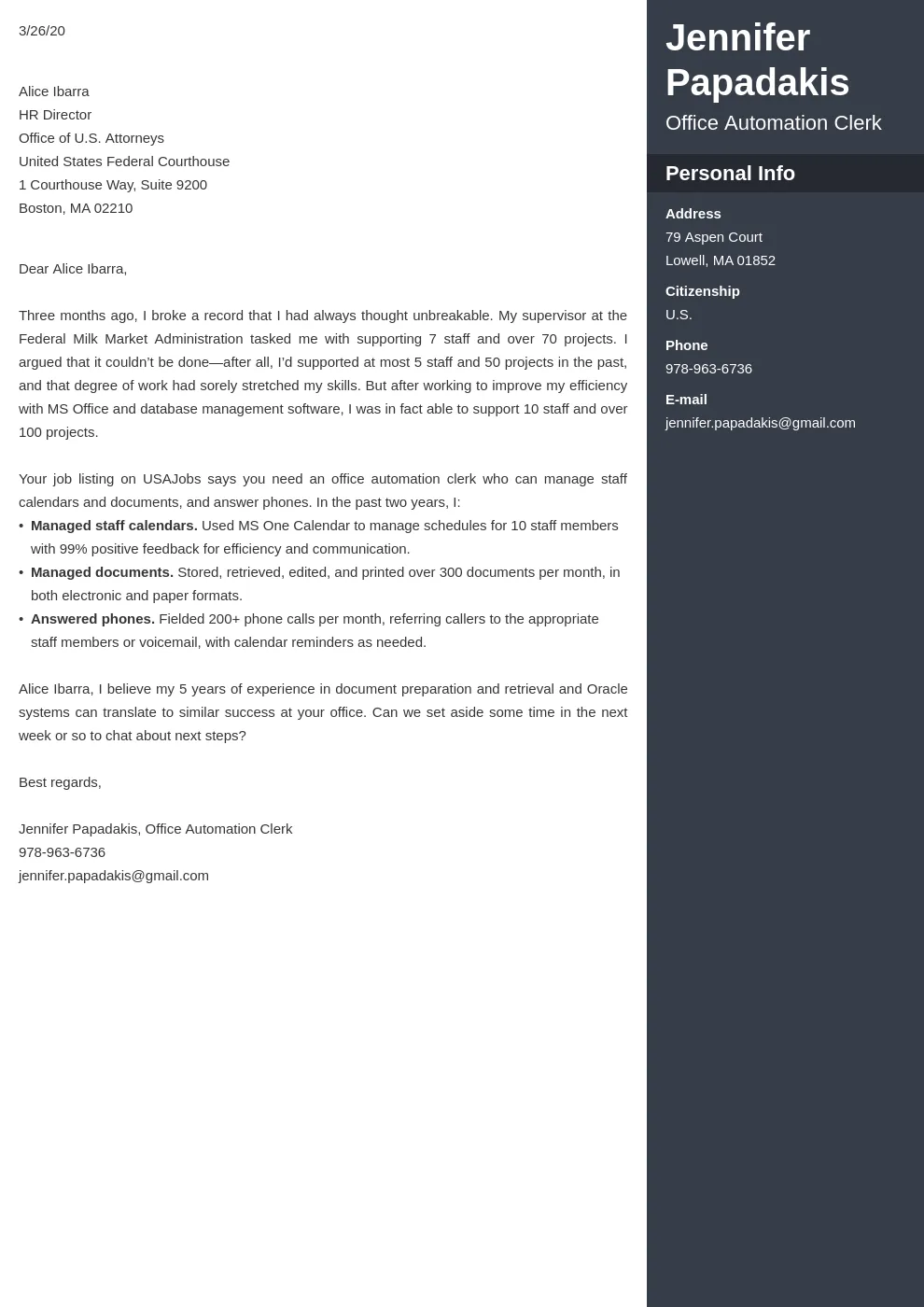
The most effective government job cover letters clearly highlight relevant skills and experience. Begin by carefully reviewing the job description and identifying the key skills, qualifications, and competencies the agency seeks. Create a list. Then, showcase your experience by directly linking your past roles and achievements to these requirements. Provide specific examples of how you have successfully applied those skills in previous positions. If possible, quantify your accomplishments, using metrics and data to demonstrate the impact of your work. Use action verbs to describe your accomplishments and demonstrate your value to the agency. Tailor your language to match the terminology used in the job announcement, which is critical to demonstrating that you understand the role. Demonstrating specific expertise is one of the most important elements of a winning cover letter.
Researching the Specific Government Agency
Conducting thorough research on the specific government agency is an essential step. Begin by visiting the agency’s website to gather information about its mission, values, and current initiatives. Explore the agency’s strategic goals, recent achievements, and ongoing projects. Look for news articles, press releases, and reports to gain a deeper understanding of the agency’s priorities and challenges. By demonstrating your knowledge of the agency, you show genuine interest and the ability to align with its objectives. This research will provide valuable context for tailoring your cover letter. Research helps you demonstrate that you meet the agency’s specific needs. Demonstrating that you have done your research is crucial to getting your application reviewed.
Tailoring Your Cover Letter to the Job Description
The most successful government job applications include a customized cover letter. A generic cover letter is unlikely to impress hiring managers. The key is to carefully tailor your cover letter to match the specific requirements and keywords found in the job description. Start by thoroughly analyzing the job announcement, highlighting the key qualifications, skills, and responsibilities. Use this information to structure your letter, emphasizing how your experience and skills align with the requirements. Use keywords from the job description throughout your cover letter. A targeted approach demonstrates you understand the role and are a good fit for the position. Avoid reusing the same cover letter for different job opportunities.
Analyzing the Job Announcement
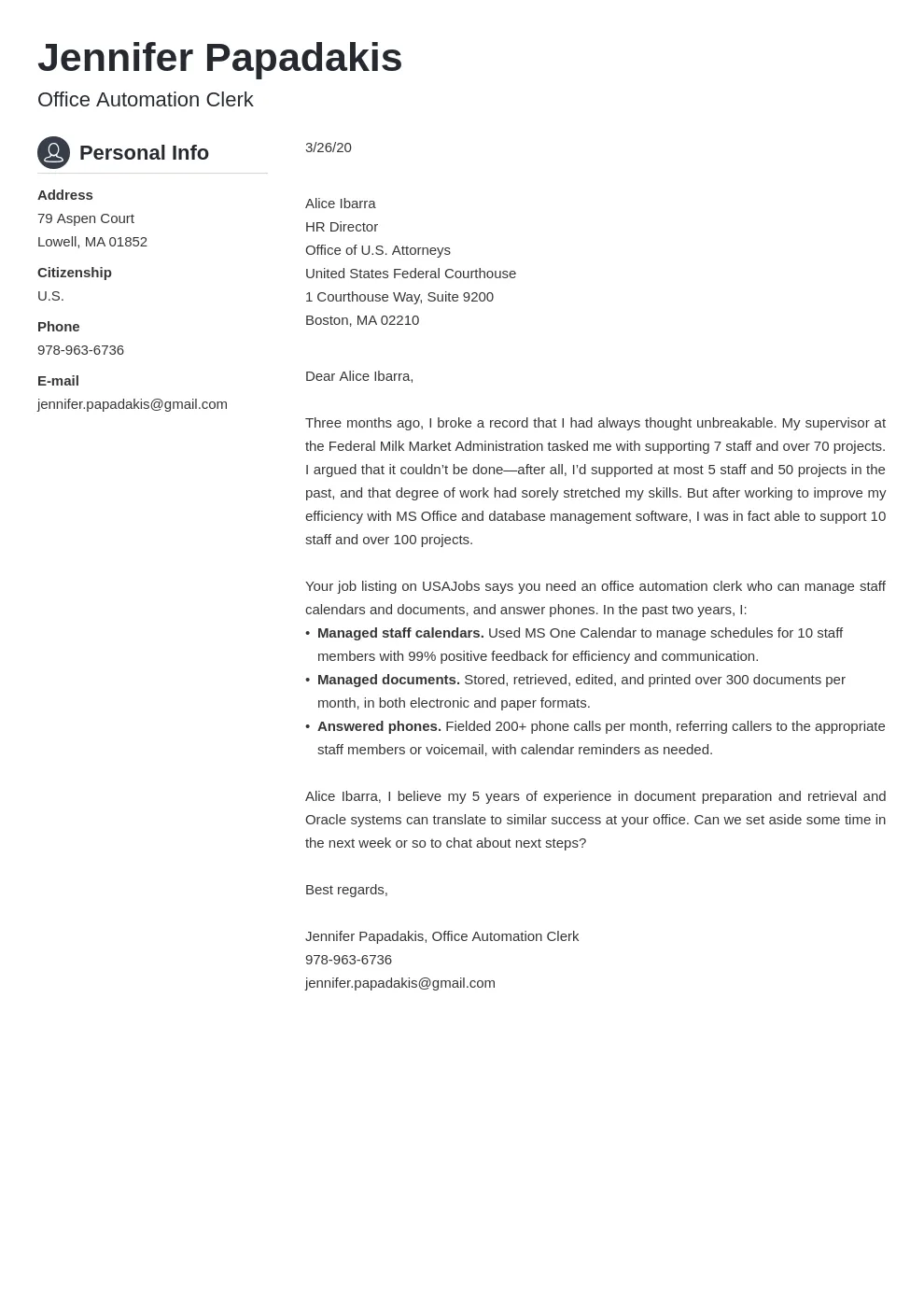
The job announcement is the single most critical resource when writing your cover letter. It provides the essential information about the position, the agency’s expectations, and the specific skills and qualifications required. Carefully review the announcement, paying close attention to the “Duties,” “Qualifications,” and “How to Apply” sections. Identify the essential and preferred qualifications, and take note of any specific instructions for submitting your application. Look for keywords and phrases that describe the required skills, experience, and competencies. Your job is to provide concrete evidence that you meet each of the requirements outlined in the job announcement. Not following any part of the instructions could result in your application being rejected.
Identifying Keywords and Phrases
Keywords and phrases are essential elements in a successful government job application. They help you match your skills and experience with the needs of the position and increase the chances of your application being reviewed. Thoroughly examine the job description for specific skills, technical terms, and phrases used to describe the responsibilities and requirements. These keywords are essential and should be incorporated naturally throughout your cover letter. Focus on incorporating these keywords in your bullet points, when describing your accomplishments, and in the body paragraphs that highlight your skills and experience. Make sure that the keywords are relevant to your qualifications. Use the keywords to provide supporting evidence that will validate your claims. Use keywords to indicate that you have the skills required to perform the job.
Structuring Your Cover Letter for Impact
A well-structured cover letter is easy to read and effectively communicates your qualifications. Start with a clear header that includes your contact information, the date, and the hiring manager’s name and title (if available). The opening paragraph should grab the reader’s attention by stating the position you are applying for and briefly highlighting your most relevant skills or experiences. The body of the cover letter should include several paragraphs that delve into your skills and experiences, providing examples and evidence of your achievements. The closing paragraph should reiterate your interest, express gratitude, and outline the next steps you plan to take. Maintaining a logical flow and clear formatting will help the hiring manager understand your qualifications quickly and efficiently. The organization of your letter is just as important as the content.
The Header and Contact Information
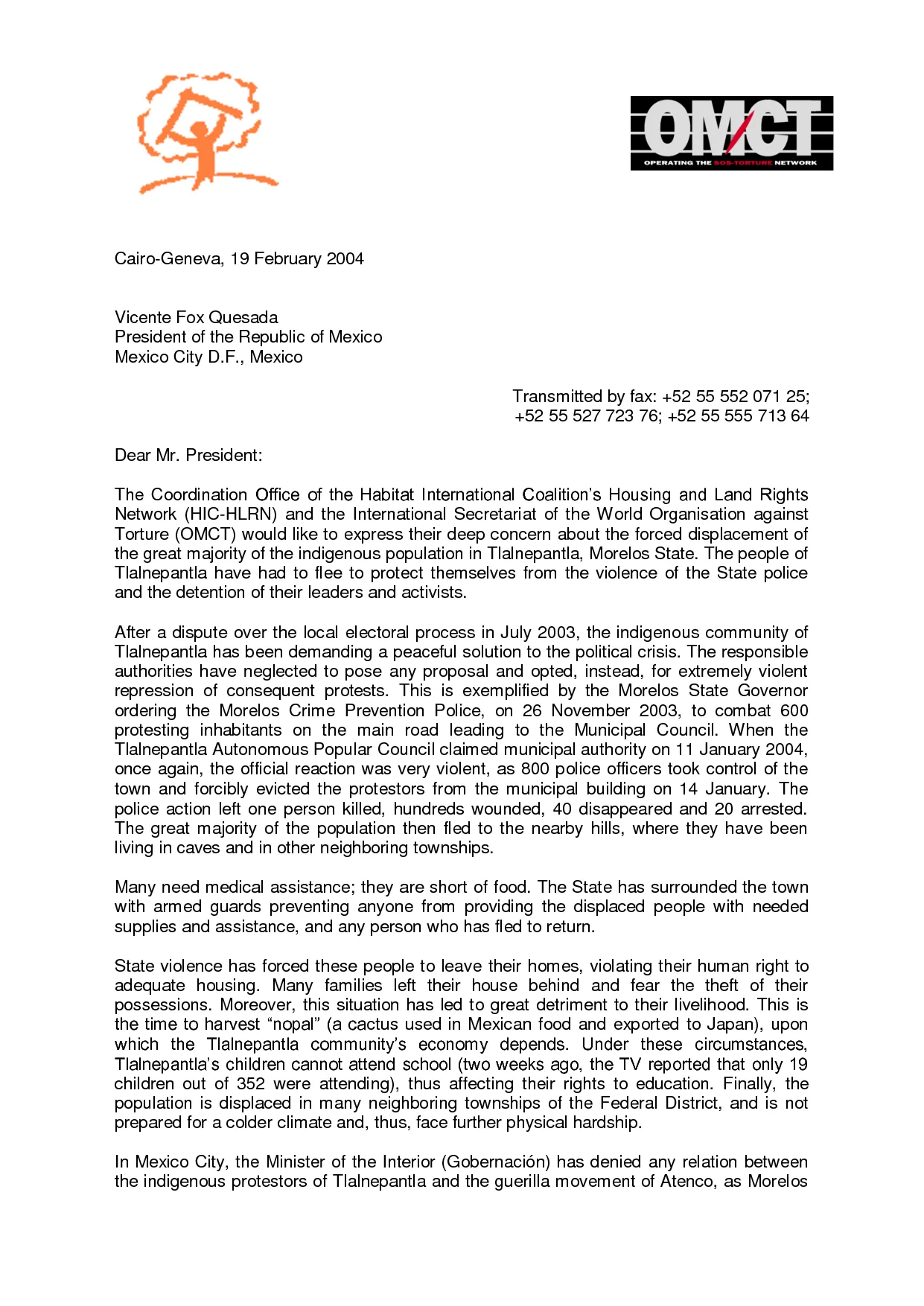
A professional header is the foundation of your cover letter and it provides essential contact information and sets the tone for the rest of your application. Include your full name, address, phone number, and email address at the top of the page. If you have a professional online profile, such as a LinkedIn URL, you can also include it. Following your contact information, include the date and the hiring manager’s name and title, if available. This demonstrates your attention to detail and professionalism. Make sure that the contact information is accurate, up-to-date, and easy to read. Use a professional font and formatting that is consistent throughout the document. The header is the reader’s first impression of you.
The Opening Paragraph
The opening paragraph is your first opportunity to capture the reader’s attention and set the tone for your cover letter. Start by clearly stating the specific position you are applying for and where you found the job posting. Immediately follow with a brief, compelling summary of your most relevant skills or experience, demonstrating that you meet the essential qualifications outlined in the job description. Show enthusiasm and highlight your understanding of the agency’s mission. Make your introduction concise, confident, and enthusiastic. Avoid generic phrases, like “I am writing to express my interest.” Instead, use a strong statement that immediately conveys why you are a strong candidate.
Grabbing the Reader’s Attention
In a competitive job market, it is crucial to differentiate yourself and grab the hiring manager’s attention. Begin your cover letter with a compelling hook, such as a relevant accomplishment or a brief statement that demonstrates your understanding of the agency’s mission and the role. Use a strong, confident tone, highlighting a key achievement or showcasing a specific skill related to the job requirements. Show your personality and genuine interest, while keeping the tone professional. Avoid generic phrases that do not convey any meaningful information. Your opening paragraph must quickly inform the reader why you are the ideal candidate and encourage them to read on. This is your moment to make a strong first impression.
Stating Your Purpose and Interest
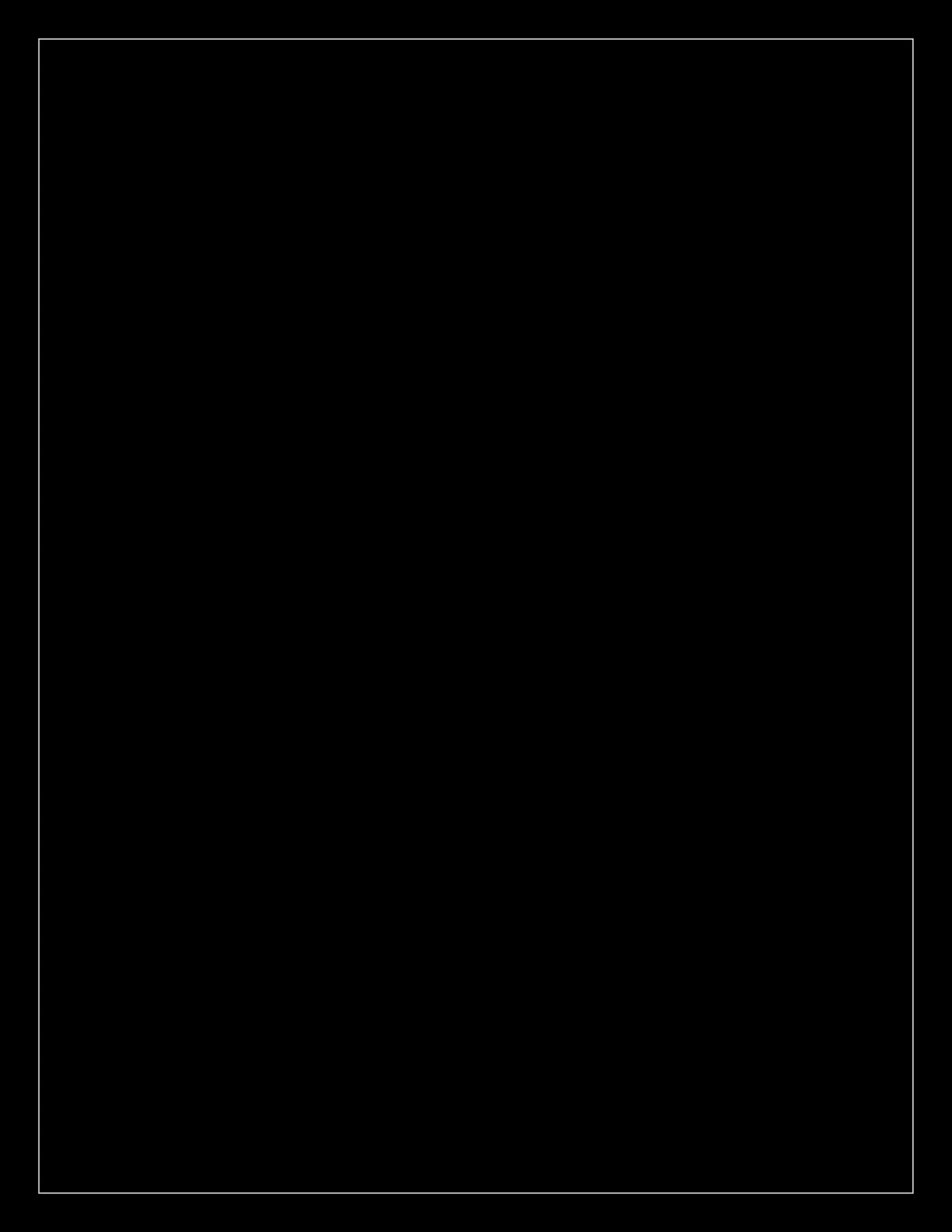
Clearly state your purpose and express your interest in the position in the opening paragraph. Mention the specific job title you are applying for and briefly explain why you are interested in the role and the agency. Highlight any personal or professional reasons why you are drawn to the work. This can include a passion for public service or a commitment to the agency’s mission. Show the hiring manager that this job is not just another application, but a deliberate step towards achieving your professional goals. Conveying your genuine enthusiasm is important. By expressing your purpose and interest, you can set the tone and make your case.
The Body Paragraphs Highlighting Qualifications
The body paragraphs are the heart of your cover letter, where you provide details of your qualifications, skills, and experiences. Each paragraph should focus on a specific qualification or skill that is mentioned in the job description. Provide concrete examples and evidence to support your claims. If possible, use the STAR method (Situation, Task, Action, Result) to describe your accomplishments. Quantify your achievements whenever possible, using data to show the impact of your contributions. Keep the tone professional and focus on the employer’s needs. By clearly and effectively demonstrating your qualifications, you will show the hiring manager why you are the ideal candidate. The body paragraphs are where you will provide the details that will convince the hiring manager.
Showcasing Accomplishments with STAR Method
The STAR method is a powerful technique for showcasing accomplishments and demonstrating your skills in action. It involves structuring your examples using four key components: Situation, Task, Action, and Result. Begin by describing the Situation, providing the context for the challenge or opportunity you faced. Then, outline the Task, or the specific goal that you needed to achieve. Next, describe the Action you took to address the situation and complete the task, including the specific steps, strategies, or approaches you used. Finally, explain the Result, or the outcome of your actions. Quantify your achievements whenever possible. The STAR method provides a framework that is easy to follow and understand.
Quantifying Your Achievements
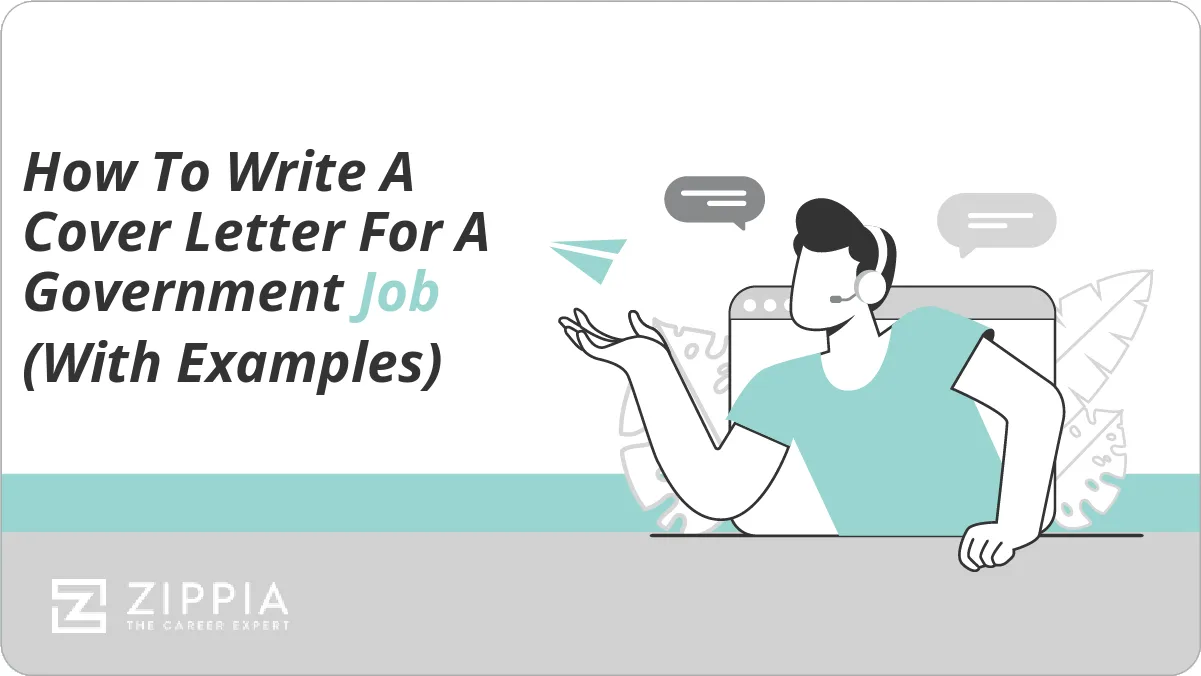
Quantifying your achievements is a critical aspect of demonstrating your value to the hiring manager. Whenever possible, use data, statistics, and numbers to illustrate the impact of your work. For example, instead of saying “Improved customer satisfaction,” you could say, “Improved customer satisfaction by 15%.” Quantifiable results are more compelling than vague statements because they provide clear evidence of your accomplishments. They also demonstrate your ability to measure success and achieve specific goals. Provide concrete examples of how you have saved time, reduced costs, increased revenue, or improved efficiency. Focus on the results that align with the job requirements and showcase how you would contribute to the agency’s objectives. Make your achievements tangible.
Providing Examples of Your Skills
Providing specific examples of your skills is key to showing the hiring manager that you can perform the job. Don’t just list your skills; show how you have applied them in the past. For each skill, describe a situation where you successfully used it to achieve a positive outcome. Use the STAR method to structure your examples. These examples provide concrete evidence to validate your claims and demonstrate that you possess the abilities required. Choose the most relevant examples that align with the job description. Tailor your examples to match the specific requirements of the position, emphasizing the skills and experiences that are most important to the employer. By providing clear examples, you will show the hiring manager how you have successfully applied your skills in the past and how you would contribute to the agency’s success in the future.
Demonstrating Alignment with the Agency’s Mission
Demonstrating your understanding of the agency’s mission and values is crucial for making a strong impression. Show how your personal and professional goals align with their objectives. Use the agency’s website, mission statements, and core values to understand their priorities and incorporate them into your cover letter. Talk about your commitment to public service or the specific values of the agency. This could be a dedication to innovation, integrity, or collaboration. Explain how you can contribute to the agency’s mission, demonstrating your commitment to its goals. This will show the hiring manager that you are not just a qualified candidate but also a good fit for the organization. Aligning with the agency’s mission will make you stand out from other candidates.
The Closing Paragraph

The closing paragraph offers an opportunity to reiterate your interest, express gratitude, and outline your next steps. Recap your enthusiasm for the position and reaffirm your qualifications. Thank the hiring manager for their time and consideration, and clearly state how you plan to follow up. If the job announcement provides specific instructions on how to apply or the next steps, be sure to follow them precisely. Include a call to action, if applicable. Your closing paragraph should be professional, concise, and leave a positive final impression. Avoid generic phrases. The closing is your last opportunity to leave a positive impression.
Reiterating Your Interest and Enthusiasm
Reiterate your interest and enthusiasm for the position in the closing paragraph. Briefly summarize why you are a good fit for the role and the agency. Reiterate your key qualifications. Mentioning your passion for public service can be a great way to show your desire for the role. Keep the tone positive and confident. Make sure you leave the reader with a clear sense of your enthusiasm and interest in the position. Demonstrate your understanding of the role and agency. Your final statement should reinforce the positive impression you want to create, which will increase your chances of getting your application reviewed and securing an interview.
Expressing Gratitude and Next Steps
Express gratitude to the hiring manager for their time and consideration. Thank them for reviewing your application and for the opportunity to be considered for the position. This gesture of appreciation shows professionalism and respect. Next, outline the next steps that you plan to take. Mentioning your intention to follow up, especially if allowed by the application instructions, can be a useful way to show your continued interest. Always be specific about the steps you will take. Your closing paragraph is a chance to show that you understand the application process and your respect for the hiring manager. A sincere thank you can go a long way in leaving a positive final impression.
Proofreading and Editing Your Cover Letter
Proofreading and editing are essential. Errors in grammar, spelling, and punctuation can damage your credibility and create a negative impression. Carefully review your cover letter for any mistakes before submitting it. Use a spell checker and grammar checker, but also read the document carefully to catch errors these tools might miss. Ask someone else to proofread your cover letter. A fresh pair of eyes can catch errors you might have missed. Make sure to check for consistency in formatting. The final document should present a polished, professional image, demonstrating attention to detail. A perfect cover letter increases your chances of being selected for an interview. Proofreading is one of the most important steps.
Common Mistakes to Avoid
Avoid common mistakes that can diminish your chances. The failure to tailor your cover letter to the specific job description is a major issue. Sending a generic cover letter shows a lack of interest. Do not include irrelevant information or information that is not relevant to the job. Avoid errors in grammar, spelling, and punctuation. Incorrect information or exaggerations must be avoided. Always follow application instructions and include all required documents. Submitting an incomplete application can lead to your rejection. Proofread your cover letter carefully before submitting it. Avoiding these mistakes increases your chances of being selected for an interview.
Formatting and Presentation Tips
The formatting and presentation of your cover letter are as important as its content. Choose a professional, easy-to-read font, such as Times New Roman, Arial, or Calibri. Maintain consistent font sizes and spacing throughout the document. Use clear headings and subheadings to organize the information and make it easy to scan. Use a professional tone and language throughout your cover letter. Ensure the layout is clean and uncluttered. Use bullet points to highlight your skills and accomplishments, breaking up large blocks of text and improving readability. Avoid excessive use of bolding, underlining, or italics. Formatting your cover letter properly shows attention to detail and makes your application more accessible to the reader. Use the formatting to emphasize key points.
Using a Professional Tone
Maintain a professional tone. Use formal language and avoid slang, colloquialisms, and jargon. Be polite and respectful in all your communications, and always use correct grammar and punctuation. Present yourself as a serious and qualified candidate. Tailor your tone to match the culture of the government agency. Avoid being overly casual or familiar. Keep your writing concise and to the point. Demonstrate professionalism in your writing and how you are presenting yourself. Professionalism is vital in a government cover letter.
Submitting Your Cover Letter
Review the application instructions carefully. Follow the specific instructions in the job announcement. Adhering to the submission guidelines demonstrates attention to detail and respect for the agency’s process. Include all required documents and information. Double-check that you have attached your cover letter and resume. If you are submitting electronically, save your documents using the specified file format and name. Submit your application before the deadline. Late submissions will not be considered. By following these steps, you will increase your chances of your application being considered by the hiring manager.
Following Application Instructions Carefully
Carefully follow the application instructions provided in the job announcement. Pay attention to the specific instructions regarding how to submit your cover letter and other materials. Missing any part of the instructions may lead to disqualification. Confirm the application deadline and submit your application before the due date. Review all of the requirements, such as file formats and naming conventions. Make sure you have included all the required documents, such as your resume and any supplemental materials. Adhering to these instructions is crucial. Failing to follow the instructions will most likely result in your application being rejected. Read all the instructions carefully before submitting your application.
